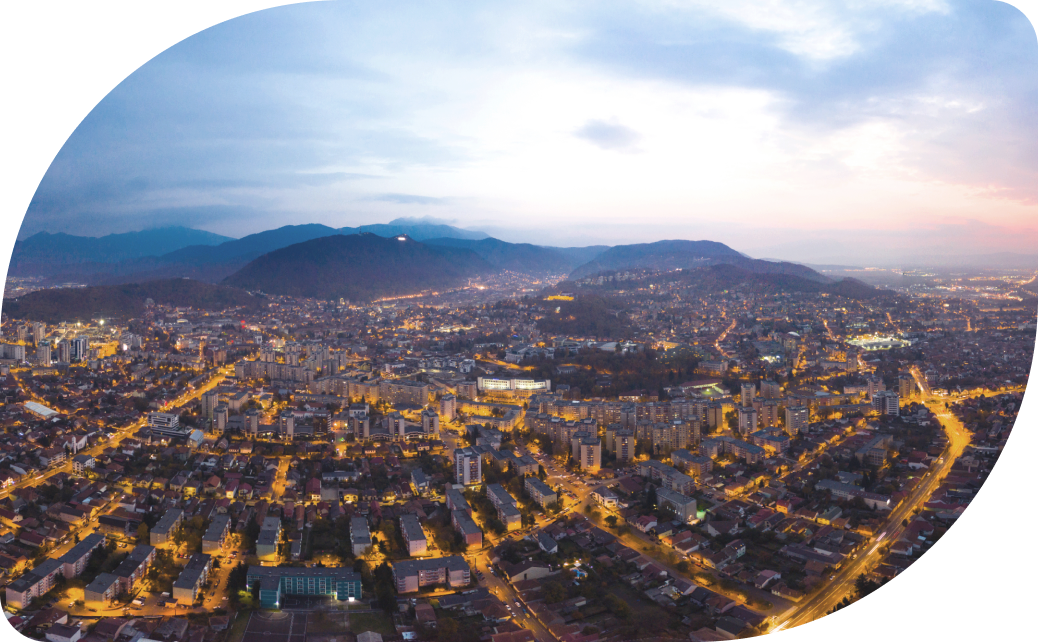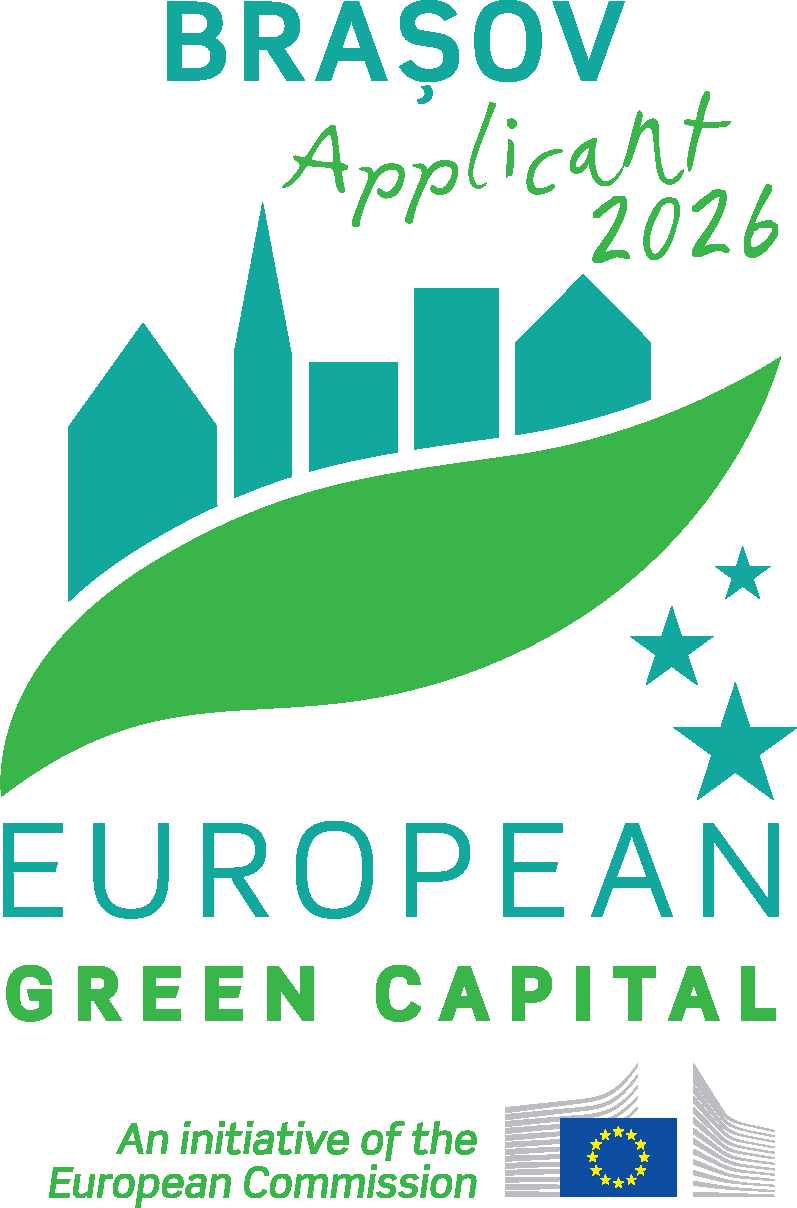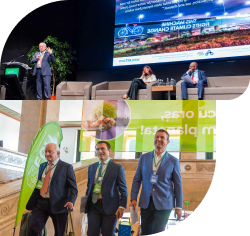
Brasov: green today,
sustainable tomorrow
Brașov, a mountain of possibilities. Fresh air, green spaces, solar panels, active people, a city. The Green Capital of Romania. This is Brașov, a land of possibilities, many shades of green.


Brasov: green today,
sustainable tomorrow
Brasov, a mountain of possibilities. Fresh air, green roofs, solar panels, active people, a city. The Green Capital of Romania. This is Brasov, a mountain of possibilities, many shades of green.

Green Brasov
Past present and future projects for an evergreen city:
























